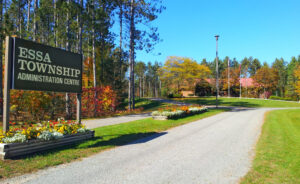International pilot projects of variable Speed Limits systems, which adjust to traffic and weather conditions, have shown they improve traffic flows (by reducing stop-start effect)–and cut collisions.
The Province of British Columbia’s VSL pilot focused on twisty mountain roads whose weather varies from glorious sunshine to snow and ice – often on the same day. BC’s highways total more than 46,000 km of roadway and 21 major mountain passes.
BC’s Transportation Plan encourages the use of intelligent transportation technologies to reduce collisions, monitor and manage traffic flows, and provide travellers with real time data.
The government developed a VSL system on three BC corridors that experience rapidly changing weather conditions and have a poor road safety record during winter conditions.
The VSL system uses data on surface conditions, weather, and vehicle speed to adjust speed limits. Results show that drivers reduce their speeds on the variable speed corridors when the limit is lowered: data shows a reduction in driver’s 85th percentile speeds, during winter weather. For example, in a snowstorm on Highway 1, signs displayed a reduced speed of 60km/h resulting in an 85th percentile speed on the corridor of 59km/h.
Data from VSL systems in England, show a potential reduction of 10% in injury crashes. In Washington State, a recent study shows VSL on a section of the I-5 Highway cutting the number of collisions by 29%.



